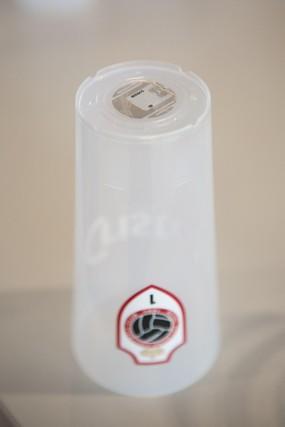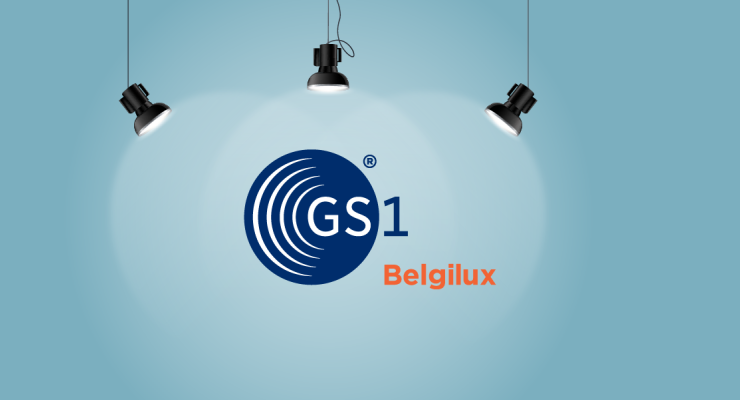
GS1 Standards score in the collaboration for reusable RFID Cups
In 2023, Belgium took a significant step towards reducing pollution by banning disposable cups at events. We've already noticed this at festivals and Christmas markets, where a deposit is required for reusable cups. Even the football club Royal Antwerp FC is adjusting their operations, but... they are taking it one step further.
“At Royal Antwerp FC, we saw this change more as an opportunity than a problem,” says Sven Deneubourg, IT manager at Ghelamco. In collaboration with Aucxis RFID Solutions, as well as various other parties, a system was developed to modernize and optimize waste management using RFID cups. And all of this is based on GS1 standards!
What are RFID cups and how do they work?
RFID cups are reusable cups with an embedded RFID tag. The concept is simple: when a thirsty supporter buys a drink, they also pay a deposit for their reusable cup. This cup is linked to their payment card. When the supporter returns their empty cup to one of the "Smart tubes" in the stadium, the cup is registered, the deposit is refunded to their card.
How do these RFID cups work?
While the concept appears simple, its execution requires meticulous attention to technology. Ensuring efficient operation hinges on employing the right tools. Here, RFID technology and GS1 standards play pivotal roles. Each reusable cup is equipped with an RFID tag at the bottom, enabling individual identification and traceability. Initially, an s-GTIN (Serialised Global Trade Item Number) was utilized, but an s-GRAI (Serialised Global Returnable Asset Identifier) is also applicable. This makes it possible for each cup to have its own unique code. These GS1 standards provide significant advantages for data sharing and ensure compatibility with different systems.

Three key requirements were established during the implementation of this system:
- Speed: The time span between filling a cup with drink and its payment is short. By using simple RFID technology, the workflow of employees is minimally adjusted.
- Efficiency: The cups must be returned efficiently, even if stacked with beer residues inside. RFID technology ensures that the cups are identified in bulk, even if the chip is not clearly visible.
- Traceability and data: Integration with GS1 standards provides clear visibility of the cup's journey from the moment it leaves the counter until it is returned.
Why use RFID and GS1 standards?
The successful deployment of this system showcases how RFID technology and GS1 standards can streamline processes and enhance sustainability. Jason Scrivens from Aucxis RFID Solutions underscores, "You need an identifier, and if you don’t standardize it, you will be blocked when more people use these assets."
RFID cups are expected to appear in other stadiums soon. The future holds promise for optimizing logistics and inventory management across various sectors, enhancing traceability of products and assets, and delivering a more personalized customer experience.



